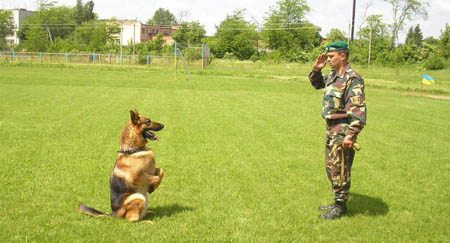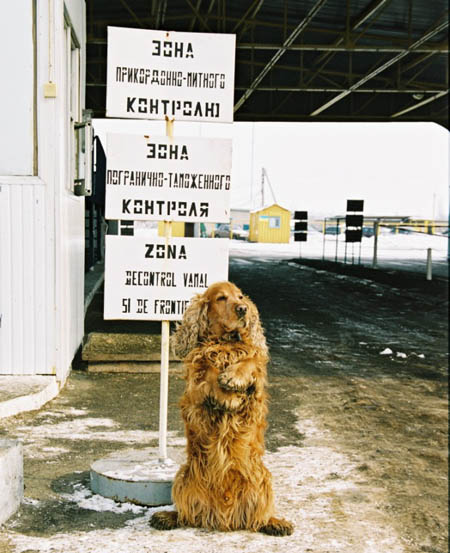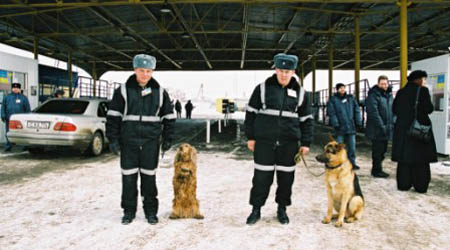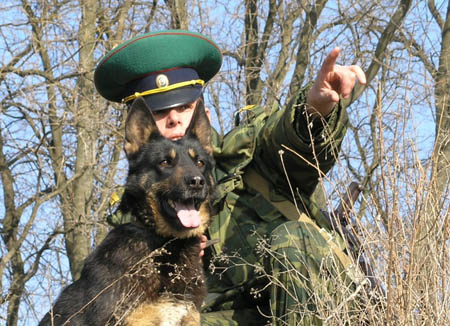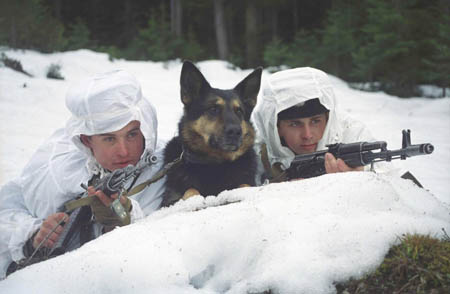Random reading
The Piratbyrån’sRasmus Fleischer has a an extremely interesting essay titled ‘the future of copyright‘ in the current issue of CATO unbound (a monthly web-journal by the ‘we love limited government, individual liberty, free markets, and peace’ CATO institute). In ‘the future of copyright’ he argues that ‘neither the stabilization nor the abolition of the copyright system seems within reach’ and that instead ‘we will have to live in this landscape of gray zones for quite a while, for good and bad.’ Personally i have always found the fact that artistic and cultural practices have to deal with the realities of these grey zones is at least partially responsible for many of the qualities embodied in current cultural and artistic practices. This is something Rasmus seems to agree with:
Creative practices, with some exceptions, thrive in economies where digital abundance is connected to scarce qualities in space and time. But there can never be a question of finding one universal business model for a world without copyright. The more urgent question regards what price we will have to pay for upholding the phantasm of universal copyright.
And while we are on the topic of grey zones you might want to add the Essay ‘Blacker-than-black Market‘ in the current issue of GOOD magazine to your reading list. In ‘Blacker-than-black Market’ offers a glimpse on into the functioning of the black markets in Ciudad del Este. The markets of Ciudad del Este, conveniently located close to the borders with both Argentina and Brazil contribute an estimated 30 percent of Paraguay’s $9 billion gross domestic product:
The downtown market is dense and compact, a maze of concrete spanning a five-block-by-five-block square. Despite its size, the market is extraordinary for its diversity. There’s the upscale Monalisa shopping mall, where the nouveau riche stock up on authentic Montblanc pens and Bulgari jewelry, alongside sidewalk kiosks offering pirated copies of Die Hard 4.0 in bulk and where San Francisco 49ers fans can buy shoddily sewn “Startar” jackets. Thanks to the fact that Paraguay has lower import tariffs than either of its neighbors, Ciudad del Este essentially functions as a massive outdoor duty-free shop - a destination for anyone looking for a bargain.
Seems like i have to add Ciudad del Este to the list of places i need to visit. Also the reference to ‘pirated copies of Die Hard 4.0 in bulk’ remided me of this hilarious piece of recording insdustry propaganda that Lawrence had unearthed a couple of days ago and in which the European Commission’s tax and customs authorities are quoted to state that
From a profit point of view, the trade in fake CDs and DVDs is giving drug trafficking a run for its money. “One kilo of cannabis sold in Europe will bring in less than €2,000, a kilo of pirate or counterfeit CDs will bring in €3,000,” the report said. The average value of a disc for a games console on the European market will vary between 255 and €60. The selling price for a counterfeited version of the same disc is around half a euro each, the report continued.
which reveals some very fuzzy math: 1KG is 1000 gram and one CD with inlay and cellophane wrapper (that is how they are sold on the streets) weights about 26 gram. that is roughly 40 CDs to a kilogram which multiplied by the stated half a euro selling price results in a total revenue of €20 per kilo of pirated CDs or DVDs (even if you use €4 – the real going rate for a pirated movie – you end up with a revenue of €160 which is somehow €2840 short of the profit claimed in the piece).

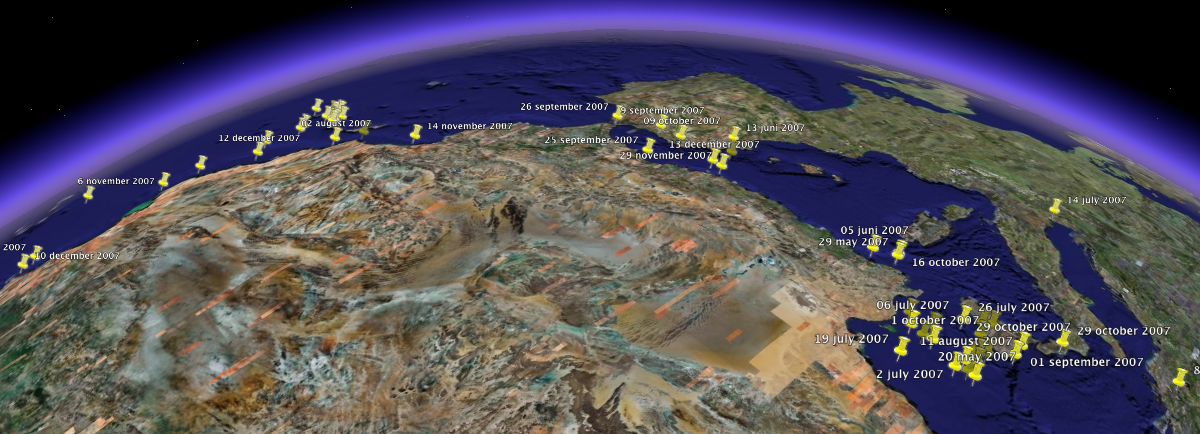 Deadly incidents in the western mediterranean/atlantic in 2007
Deadly incidents in the western mediterranean/atlantic in 2007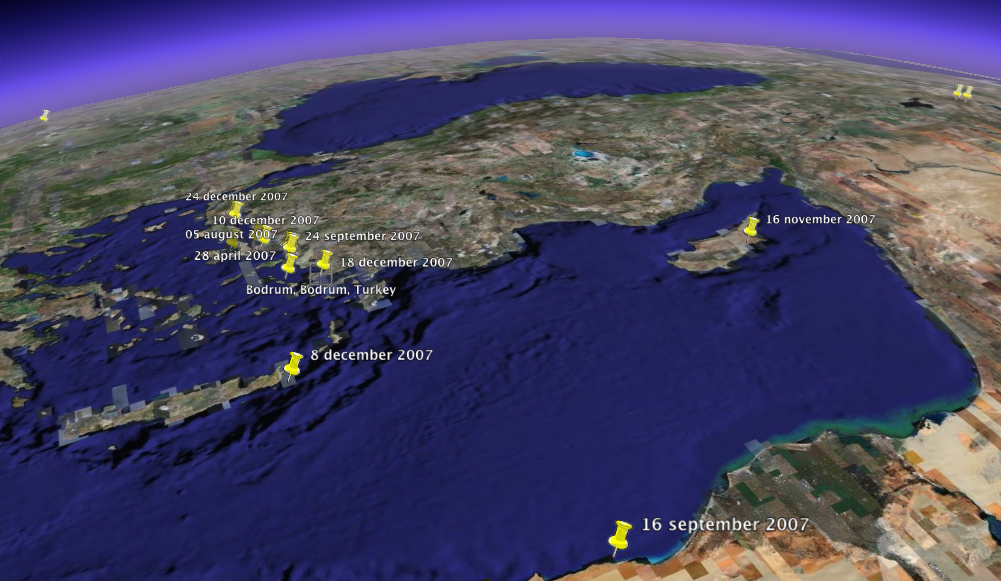 Deadly incidents in the Eastern mediterranean in 2007
Deadly incidents in the Eastern mediterranean in 2007

